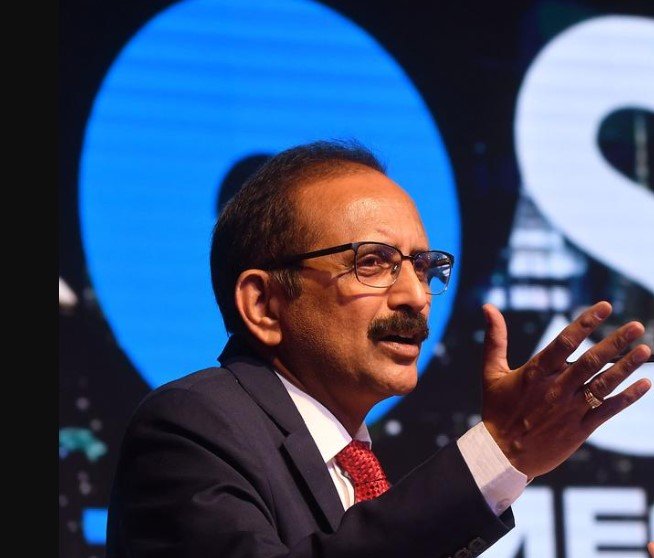The Financial Services Institutions Bureau has cleared 11 senior bankers for executive director roles across India’s public sector banks. The decision follows a tightly-run selection process and comes at a critical time for India’s banking landscape.
With retirements looming and credit growth back in the spotlight, the appointments are likely to shape the next few years of leadership in the PSU banking sector.
A High-Stakes Selection Process
It wasn’t just about ticking boxes or filling chairs.
From July 19 to August 4, 2025, the FSIB interviewed 80 candidates—each already holding significant posts in India’s public sector banks. Think General Managers, Deputy Managing Directors, and seasoned executives who’ve been through cycles of NPAs, mergers, and digital transformation.
But only 11 made it through. And that shortlist wasn’t put together casually.
Over multiple sessions, the bureau’s panel assessed candidates on a host of parameters. This included their performance in the interface, prior experience, adaptability, crisis handling, and leadership skills. It wasn’t just about what was on paper—it was about how they handled themselves in the room.
And in a banking ecosystem still wrestling with legacy issues and modern pressures, that matters.
Why This Batch of Appointments Matters
Timing is everything in banking. And this round of ED appointments arrives right when India’s PSU banks are facing a new wave of structural and operational shifts.
Several senior officials across nationalised banks are set to retire over the next 6–12 months, which meant these appointments weren’t optional. They were urgent.
At the same time, credit growth—especially retail and MSME lending—is accelerating again. Bad loan ratios are at multi-year lows, but competition from private and digital-first lenders is heating up.
The leadership chosen now will have to deal with:
-
Increasing pressure to digitise legacy systems
-
Tightening regulatory oversight from RBI
-
The Centre’s push for better governance in PSBs
-
Customer-side innovation demands
And don’t forget: many of these banks are still adjusting from the last round of amalgamations.

The Names That Made the Cut
The FSIB hasn’t yet made the formal breakdown of who’s posted where, but the list of recommended names is already circulating within bureaucratic and banking circles.
Here’s what we know: All 11 candidates have cleared the evaluation phase and are now awaiting final nods from the Appointments Committee of the Cabinet (ACC).
The selected bankers come from a range of institutions—Bank of Baroda, Union Bank, Canara Bank, and Punjab National Bank among others. Some have backgrounds in credit risk, while others have deep exposure to treasury, compliance, or rural banking.
Here’s a summary snapshot of the FSIB’s selection round:
| Process Detail | Data |
|---|---|
| Total Candidates Interviewed | 80 |
| Interview Period | July 19 – August 4, 2025 |
| Final Recommendations | 11 |
| Panel Year | 2025–26 |
| Final Approval | Pending ACC clearance |
The final postings will determine who goes where—some may land in larger banks with broader mandates, while others may be tasked with cleaning up weaker balance sheets or driving new tech rollouts.
A Quiet Bureau with a Big Role
The FSIB doesn’t usually hog headlines. It’s not meant to.
But the Bureau—formed after merging the Banks Board Bureau into a wider institutional framework in 2022—plays a quietly powerful role in India’s financial sector.
It doesn’t just recommend names. It sets the tone for who gets to lead at the top.
In fact, the FSIB’s recent picks have shaped some of the biggest leadership shifts in PSU banks over the last couple of years. Its decisions are closely watched, not just by the Finance Ministry, but also by investors, credit rating agencies, and institutional stakeholders.
And for good reason: leadership churn affects everything from asset quality outlooks to stock prices.
The Bigger Picture for Public Sector Banks
India’s public sector banks are no longer the same sleepy state-owned institutions they were a decade ago. Thanks to a mix of government reforms, recapitalisations, and regulatory clean-ups, most nationalised banks are in far better shape than they used to be.
But that doesn’t mean they can afford to relax.
Here’s what’s weighing on PSU banks right now:
-
Loan demand is surging, but so is risk-taking.
-
AI and digital banking expectations are sky-high.
-
Fraud management continues to be a key RBI concern.
-
Private banks are innovating faster.
The upcoming cohort of Executive Directors will have to steer their institutions with a sharper, more agile mindset.
And make no mistake—many of them will eventually rise to become MDs and CEOs in the next few years. So this round of appointments is as much about succession planning as it is about filling vacancies.
What to Expect Next
There’s a bit of a waiting game now.
The FSIB has made its recommendations, but the final approvals still rest with the Appointments Committee of the Cabinet. Usually, the process moves fast—barring any last-minute red flags.
Once the ACC clears the names, each Executive Director will be appointed to a specific bank and notified via gazette. Most of them are expected to assume office before October 2025.
That gives a narrow runway to get familiar with their new turf before the second half of the fiscal year begins. And in banking, six months can feel like a lifetime.








